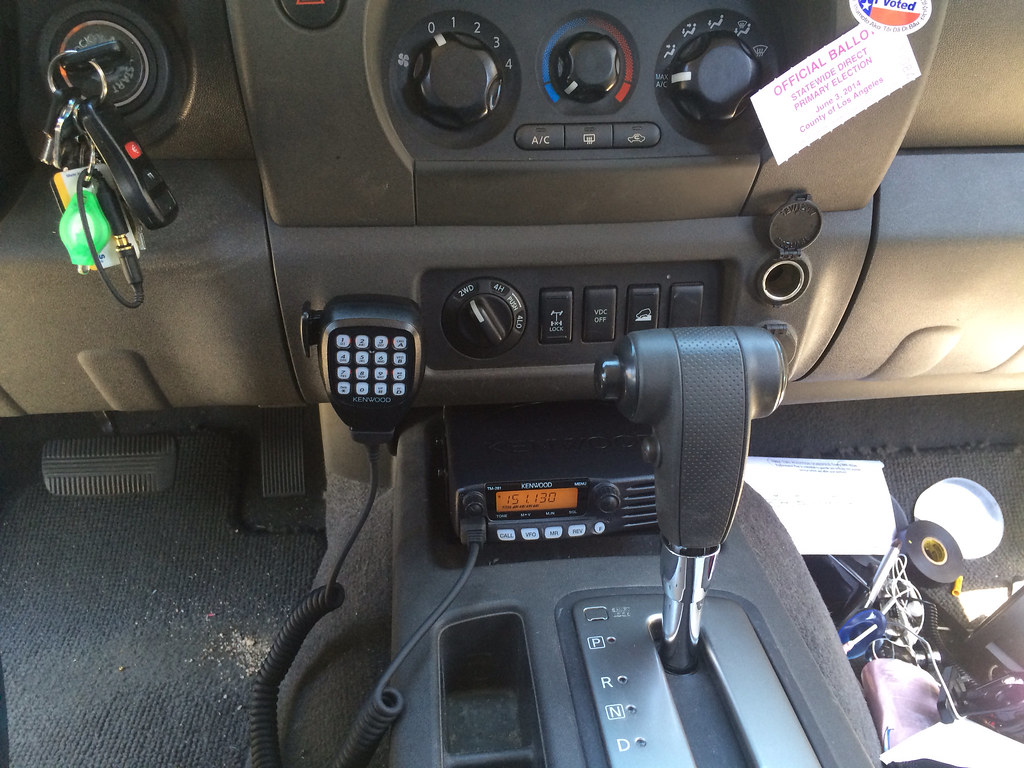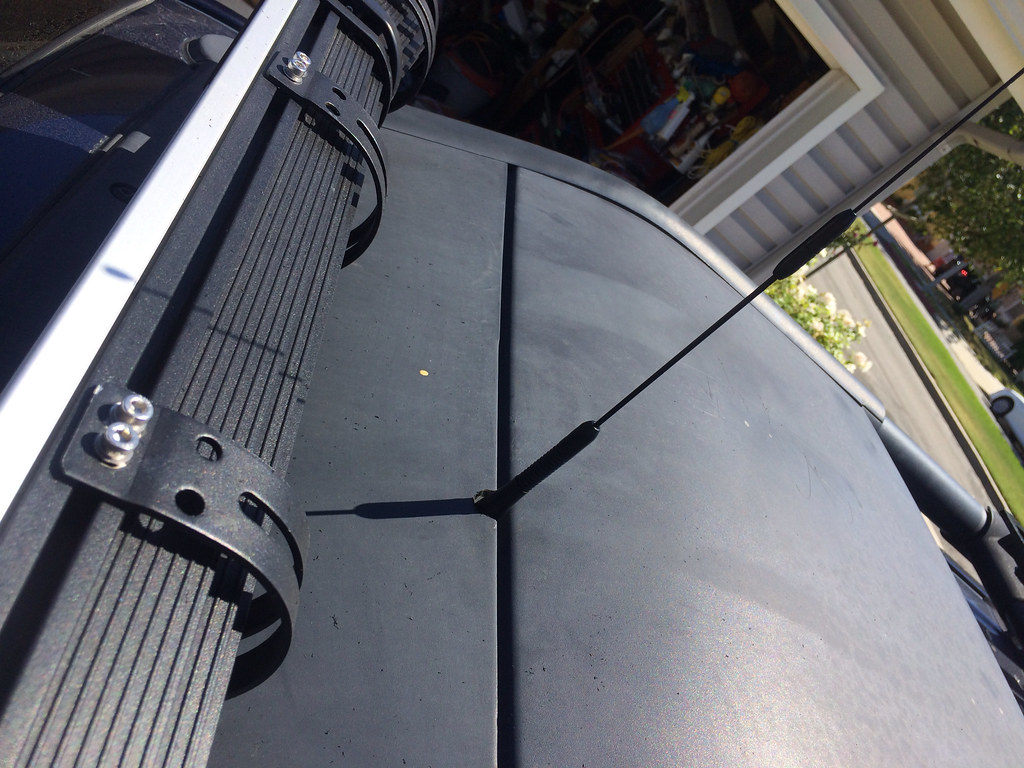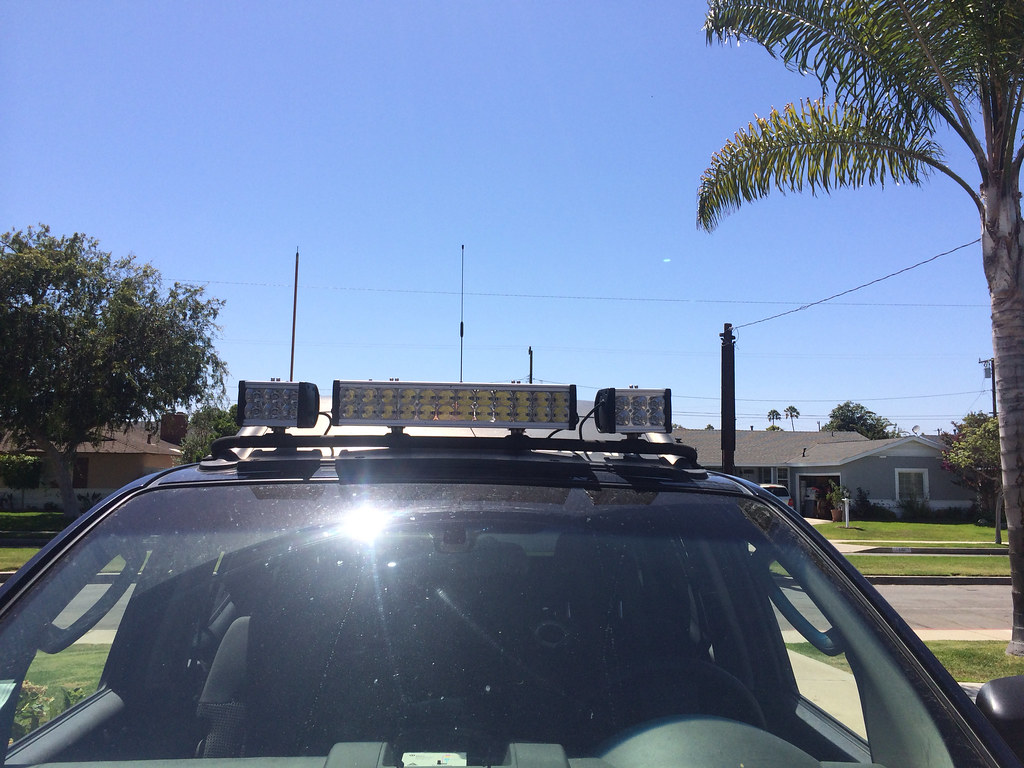As far as crossband repeat goes, it would work as a kind of repeater for people with HT's in the field, but only if everybody had dual band HT's. Which at least around here aren't as common. The more usual way to use crossband repeat, as least what I've seen/used, is to let you walk away from your mobile, but still have access to it. Kinda like a cordless phone. You setup the mobile in your car, or at a temporary fixed site, to have access to a local repeater, most likely 2m, where you couldn't get to the repeater with just an HT. Then you can walk around that area with a 440 HT, and still be in contact. It's handy, but I've only used it about twice in the past 15 years, for emergencies or public service events.
The problems with cross-band is that many hams don't understand it, or think it through. If you're running cross band to a 2m repeater, and 440 HT's, the HT's can't hear each other, or talk to each other and talk to the main repeater at the same time. Also, when it's a busy repeater, or people aren't leaving breaks in, you may not be able to get into it. This is because you have to wait not just for the repeater timeout, but for the crossband to drop, so that it and your radio can transmit back to the main repeater. These two things can make it a PITA for people planning events. It *is* cool, and handy, though.
As to the ID'ing from the crossband, I don't worry about it. I ID myself as required, and I'm always within 50 yards of the radio. To me, that's operating the radio by remote control, and I don't need to ID it. I'm not looking to start a war on it, I'm just presenting the view that I follow the rules, as do my friends on the air, and I see it as a non-problem....when I bought my 605, I'm pretty sure no radios were made that added an extra id for cross band, and the extra ID would drive people nuts on a repeater, and make using one through cross band even tougher on the receive side.
Some other things for a newbie to keep in mind:
not all dual band mobiles do cross band
most name brand 2m mobiles will have better intermod rejection than dual bands. This may be important if you live in an area with lots of radio noise, on the east coast like newark or nyc. My ft-2500 is nice and quiet driving through newark, but other dual band radios will be noisy. If you only use repeaters with tones, or live in 'normal' places this wouldn't be an issue.
Consider mounting locations for the mobile. I love 2m mobiles, have no need for dual band, but I'm going to have to buy a dual band remote head, because nobody makes a full sized 2m mobile with a detachable head, and I can't fit a full sized radio under the dash of my truck.
Yaesu (sp?), Kenwood, Icom, Alinco, all make good radios. That doesn't mean I like all of their radios, or that they haven't built radios that have had problems, but those brands have a pretty good reputation.
Not all radios work equally well on battery power. The yaesu's I've had are pretty good - 2500, 2900, 897. Meaning that they'll transmit OK from a 12v battery w/o the car running. Some radios (different by make/model) want more voltage than 12.6 when transmitting.
Consider buying a big radio and using it at half power. The 75W 2900 runs great at 30W, you and the other station you're talking to will never be able to tell the difference, I promise, and it's way easier on the radio. Get a 1500, or whatever the tiny 2m single band is, run it at full power for a while, and I wouldn't be surprised if you eventually kill it. FM, unlike SSB, is a 100% power mode, it's hard on the radio. With sideband, your average power is way lower than the peak power, and so is kinder on the radio.
And to anyone reading that's wondering "why ham?" - a full power 2m or dual band mobile in a vehicle is a serious piece of communications gear. On 2m, you'll have vehicle to vehicle communications that's as good as or better than any commercial or public safety setup.






